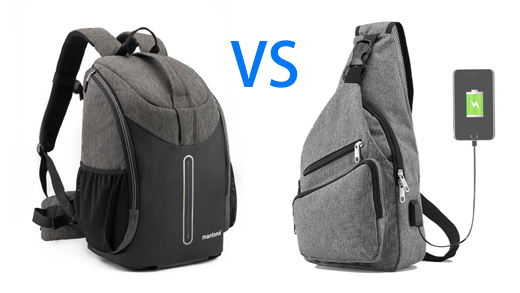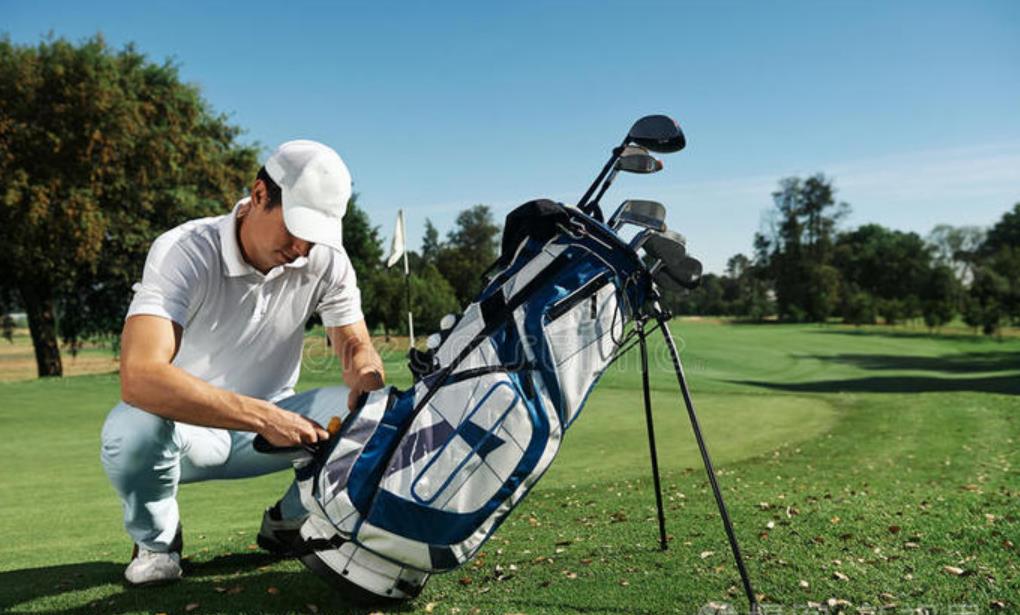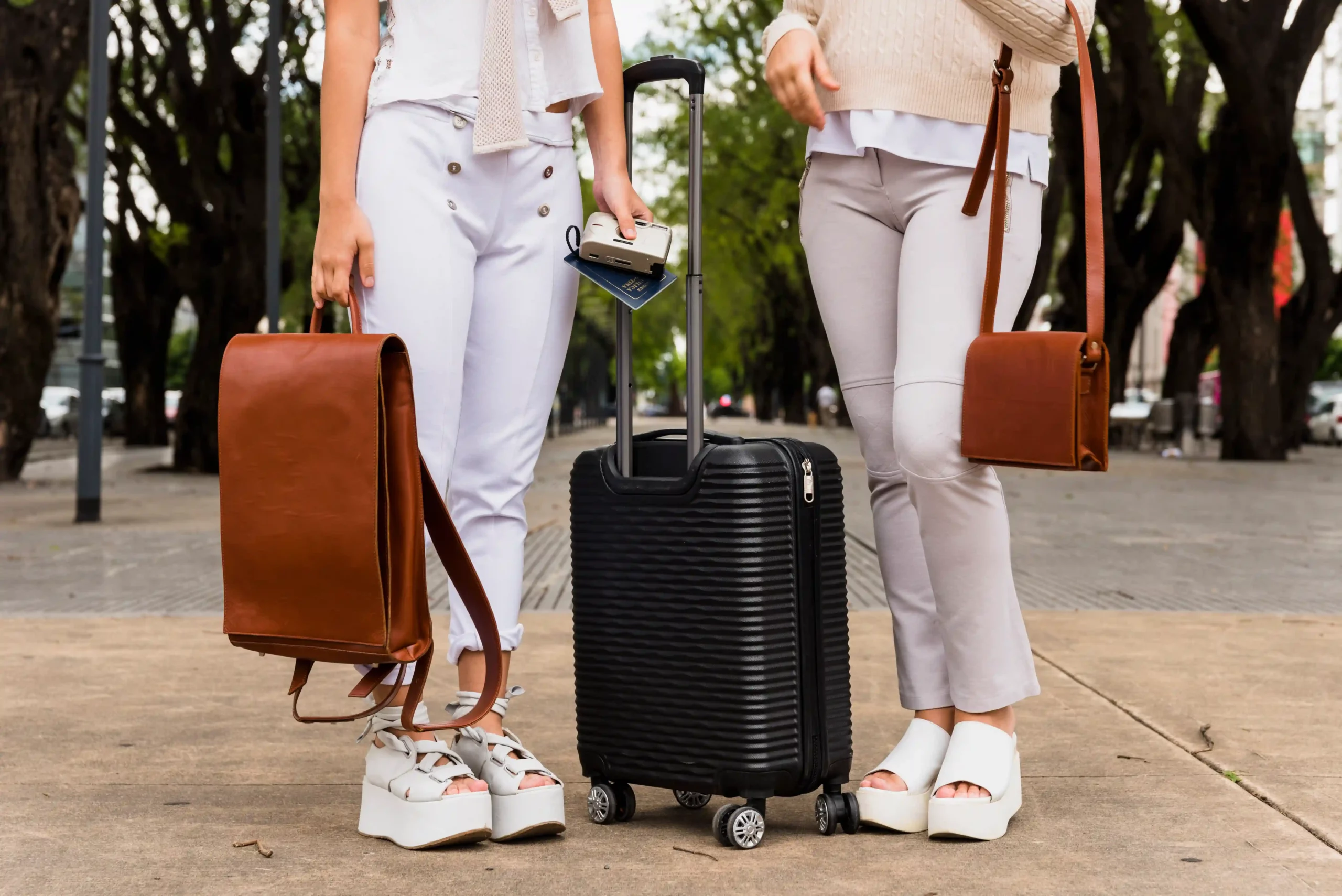Picture this: you’re gearing up for a backpacking trip, your pack is brimming with essentials, and suddenly you wonder, how much backpack weight should I carry? It’s a question that pops up whether you’re a newbie lacing up your boots for the first time or a seasoned hiker plotting a multi-day trek. Getting the weight right can make the difference between a joyful adventure and a slog that leaves you aching.
In this guide, we’ll unpack everything you need to know about how much should a camping backpack weigh, how much weight is safe to carry in a backpack, how much weight can a person carry in a backpack, and what percentage of your body weight should you carry in a backpack.
What’s the Right Weight for Your Pack?

When it comes to backpacking, weight matters—a lot. Too heavy, and you’re dragging yourself up trails like a pack mule; too light, and you might miss out on key gear. So, where do we start? For multi-day trips, a handy guideline is to keep your total pack weight—gear, food, water, and all—under 20% of your body weight.
Say you weigh 150 pounds; that means aiming for 30 pounds or less. It’s a solid benchmark that keeps most hikers moving comfortably over days of rugged terrain. For shorter day hikes, you can lighten up even more, targeting 10% of your body weight—around 15 pounds for that same 150-pound person. Why the difference? Simple: day trips don’t demand as much food or gear, so you can skip the heavy lifting.
Now, let’s talk about base weight, a term you’ll hear buzzing around the backpacking world. This is the weight of your pack without the stuff you’ll use up, like food, water, and fuel. Think of it as your foundation—the gear that stays with you from start to finish.
For most folks, a base weight between 10 and 20 pounds is the sweet spot. Beginners might lean toward 20 to 30 pounds, especially if they’re packing chunkier gear or haven’t mastered the art of trimming down.
On the flip side, ultralight enthusiasts chase a base weight under 10 pounds, but that often means splurging on fancy, feather-light equipment and making some tough calls on what stays home. So, how much should a camping backpack weigh? It hinges on your trip and your style, but 10 to 20 pounds of base weight is a great place to aim for a balanced, enjoyable hike.
How Much Weight Is Safe to Carry?

Here’s where things get practical: how much weight is safe to carry in a backpack? Nobody wants to hobble off a trail with a sore back or creaky knees. The 20% rule we mentioned—keeping your total pack weight under a fifth of your body weight—isn’t just about comfort; it’s about staying safe, too.
Experts suggest that a safe range hovers between 16% and 25% of your body weight, with 20% hitting that perfect middle ground. Go much higher, and you’re flirting with fatigue, strain, or even injury, especially if you’re tackling steep climbs or rocky paths.
But safety isn’t a one-size-fits-all deal. If you’re in tip-top shape, you might shrug off a heavier load with a grin. If you’re newer to the game or not used to hauling weight, sticking closer to 15%—or even lighter—might be your best bet. The trick is tuning into your body. Feel a twinge in your shoulders or a drag in your step? That’s your cue to lighten up. Safety’s all about enjoying the journey, not just surviving it.
How Much Can You Actually Carry?

Now, let’s get curious: how much weight can a person carry in a backpack? The answer’s as varied as hikers themselves. Your fitness, experience, and even your body size play starring roles. Some research suggests that lighter folks—say, someone weighing 115 pounds—could handle up to 43% of their body weight, which works out to about 50 pounds.
Meanwhile, a heftier hiker at 240 pounds might top out at 14%, or around 34 pounds. Why the difference? It’s all about proportions and strength. Smaller frames might manage a higher percentage, while bigger bodies often max out at a lower one.
For the average adventurer, though, sticking around that 20% mark feels right. A fit hiker who’s used to lugging gear might push past that without breaking a sweat, while someone less seasoned might find even 15% a challenge. It’s less about what you can carry and more about what you should—because trudging along with a monster pack isn’t exactly the recipe for a good time.
What percentage of your body weight should you carry in a backpack?

So, what percentage of your body weight should you carry in a backpack? The 20% guideline is a crowd favorite, but it’s not carved in stone. Some folks swear by a stricter 10% rule, especially for day hikes or ultralight treks.
Others argue it’s too rigid, pointing out that 10% of your current weight might not make sense if you’re above or below your healthiest range. Imagine this: a woman with a healthy weight between 88 and 175 pounds might aim for a pack weighing 9 to 17.5 pounds, while a man at 110 to 200 pounds targets 11 to 20 pounds. That caps things around 22 pounds total—lighter than the 20% rule might suggest for some.
This twist comes from the idea of using your healthy weight, not just whatever the scale says today. It’s a fresh take that shakes up the old-school percentages and puts comfort first. Still, studies show the percentage sweet spot shifts with your size—lighter folks might handle more, heavier folks less. The takeaway? Treat 20% as a starting line, then tweak it to fit you. After all, backpacking’s supposed to feel like freedom, not a math test.
What Shapes Your Perfect Pack Weight?

Your ideal backpack weight isn’t just about numbers—it’s about your story. First up, there’s fitness. If you’re hitting the gym or trails regularly, you might carry 25% of your body weight like it’s no big deal. If you’re just starting out, easing in at 15% or less keeps things fun and doable.
Body weight matters, too—lighter hikers might bump up against gear minimums (think sleeping bags or tents that won’t shrink below a certain weight), making those percentage goals trickier to hit.
Then there’s trip length. A weekend jaunt lets you pack light and breezy, maybe sticking to that 10% vibe. A week-long epic? You’ll need more food and supplies, nudging your weight closer to 20% or beyond.
Terrain’s another player—steep hills or rocky scrambles beg for a lighter load to save your legs, while flat paths might let you sneak in an extra snack or two. Weather’s in the mix, too. Chilly nights or rainy forecasts mean packing warm layers or waterproof gear, tipping the scales a bit heavier.
And don’t forget your personality. Some of us love the ultralight life, zipping along with barely-there packs. Others sleep better knowing they’ve got an extra flashlight or a beefy first-aid kit tucked away. Your pack weight’s a reflection of who you are on the trail—there’s no right or wrong, just what works for you.
Are the Rules Really Rules?

Here’s where it gets fun: not everyone agrees on the “rules.” That 10% idea? Some call it a myth, saying it’s too low for anything beyond a quick day hike. The 20% guideline gets flak, too—critics argue it’s arbitrary and doesn’t flex enough for different bodies or goals.
Research backs this up, showing that the “perfect” percentage isn’t universal. A 115-pound hiker might rock 43% like a champ, while a 240-pound trekker thrives at 14%. It’s less about dogma and more about discovery—those numbers are launchpads, not laws.
The takeaway? Don’t sweat the percentages too hard. They’re handy guides, not handcuffs. Test them out, see how they feel, and adjust. Backpacking’s an art, not a science, and you’re the artist.
Tips to Keep Your Pack in Check

Ready to shed some pounds? Let’s make it easy. Start with your gear—swap out heavy stuff for lighter versions. A sleeping bag that weighs ounces instead of pounds or trekking poles made of carbon fiber can shave off weight without draining your wallet. Packing smart is next—skip the “just in case” items and lean on multi-taskers. A stuff sack that doubles as a pillow? Genius.
Food’s a big one, too. Go for lightweight, high-energy grub like freeze-dried meals—they’re tasty and won’t weigh you down. Pair that with a water filter so you’re not hauling gallons—just sip from streams as you go.
And here’s a pro move: after every trip, spread out your gear and ask, “Did I use this?” If the answer’s no, leave it behind next time. It’s like a little game of trail Tetris, and you’re winning every time you lighten the load.
Your Weight, Your Way
So, how much backpack weight should I carry? It’s a question with a personal answer. For multi-day trips, 20% of your body weight is a trusty benchmark—30 pounds if you’re 150 pounds—while day hikes shine at 10%, or 15 pounds.
Your base weight can flex between 10 and 20 pounds for a happy medium, or dip below 10 if you’re chasing ultralight glory. Factor in your fitness, how long you’re out, the trail ahead, and what makes you feel ready—then tweak it. Forget rigid rules like that debated 10% cap; focus on what keeps you safe and smiling.
Backpacking’s about the journey, not the burden. Play with your pack, trim the excess, and hit the trail feeling light on your feet. You’ve got this—here’s to adventures that lift your spirits, not your chiropractor’s bill!








